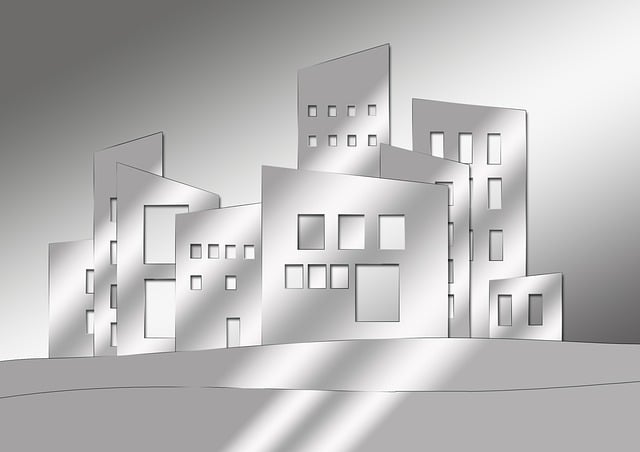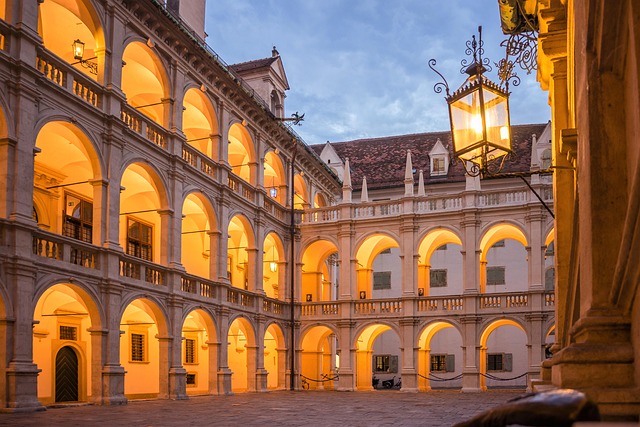In vibrant Karachi, especially in Federal B Area, strict construction bylaws are crucial for sustainable urban development. These laws regulate zoning, structural standards, and environmental impact, ensuring safety, efficient resource utilization, and harmony between commercial and residential areas. Developers, builders, and property owners must be aware of these regulations to facilitate projects that align with established standards, addressing traffic congestion and infrastructure challenges while preserving the area's unique character. Amending these bylaws involves a rigorous process starting with proposals, evaluation, public scrutiny, and final enactment, guiding Federal B Area's future growth.
In the vibrant urban landscape of Karachi, understanding construction bylaws is crucial for developers and residents alike. This article delves into the intricate details of Federal B Area’s unique regulations, exploring key provisions specific to this dynamic region. We analyze the impact on local projects, dissect the process for reviewing changes, and highlight how these bylaws shape Karachi’s architectural tapestry. By understanding these rules, we can navigate the complexities of construction in one of Pakistan’s most bustling metropolises.
- Understanding Construction Bylaws in Karachi's Federal B Area
- Key Provisions and Regulations Specific to the Region
- Impact on Local Projects and Developers
- Process for Reviewing and Implementing Changes in Federal B Area Bylaws
Understanding Construction Bylaws in Karachi's Federal B Area
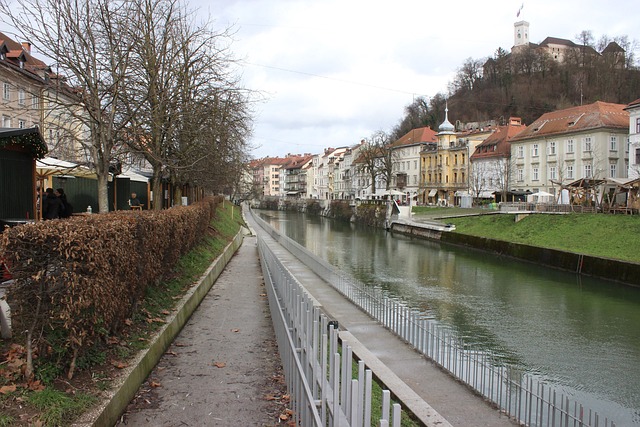
In the vibrant city of Karachi, understanding construction bylaws is paramount, especially in areas like Federal B, where urban development thrives. These bylaws are designed to regulate and control the building process, ensuring safety, aesthetics, and efficient utilization of resources. They dictate everything from zoning regulations to structural standards, playing a crucial role in shaping the city’s landscape. By adhering to these rules, developers and builders contribute to Karachi’s growth while preserving its unique character.
Karachi’s Federal B Area, known for its bustling commercial and residential hubs, is no exception to this regulatory framework. Local authorities have implemented specific bylaws tailored to the area’s needs, addressing factors like traffic management, noise pollution, and environmental impact. Awareness of these laws is essential for property owners, developers, and contractors alike, as it ensures smooth construction projects that align with the area’s established standards and contribute to a harmonious urban environment.
Key Provisions and Regulations Specific to the Region
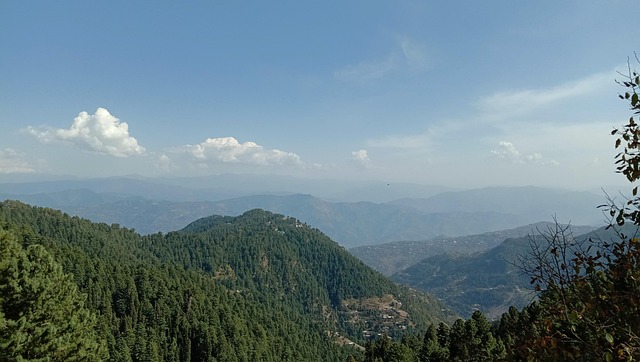
In the vibrant city of Karachi, the construction bylaws for Federal B Area are a comprehensive set of regulations designed to ensure structured development and maintain the area’s balance. These key provisions cover various aspects, including zoning, building height limits, and environmental considerations. The region is known for its bustling commercial hubs and residential areas, necessitating strict guidelines to manage growth sustainably.
Specific to Federal B Area, the bylaws highlight restrictions on industrial activities in certain zones, promoting a harmonious coexistence between commercial and residential spaces. They also emphasize the importance of open spaces and green areas, ensuring that new constructions contribute to the city’s overall landscape. Karachi’s unique challenges, such as heavy traffic and limited infrastructure, are addressed through parking regulations and guidelines for efficient urban planning.
Impact on Local Projects and Developers
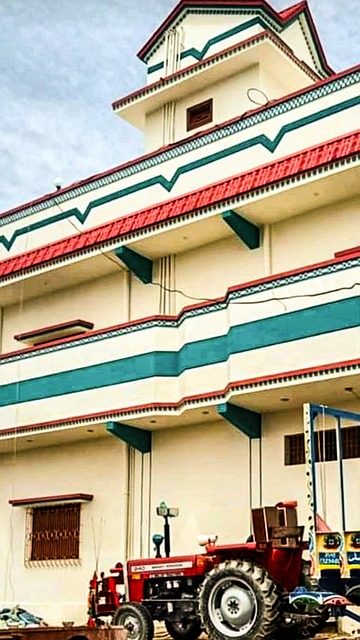
In Karachi, the construction bylaws for Federal B Area have had a significant impact on both local projects and developers. These stringent regulations, designed to maintain the aesthetic and structural integrity of the region, come with strict adherence guidelines that can delay timelines and increase costs for builders. Developers, accustomed to more flexible urban planning in other areas of the city, are now required to navigate complex approval processes and adhere to specific design standards.
This has led to a nuanced approach in project planning, where architects and developers must carefully consider the bylaws to ensure compliance from the outset. Local projects, especially those focusing on residential or commercial development, have had to adapt their designs accordingly. This includes everything from building height restrictions to material choices, ensuring that new constructions blend harmoniously with the existing landscape of Federal B Area—a dynamic balance between preserving the area’s charm and facilitating sustainable growth in Karachi.
Process for Reviewing and Implementing Changes in Federal B Area Bylaws
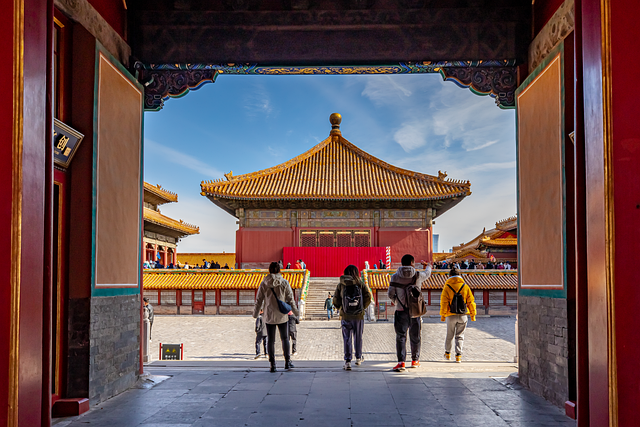
In the vibrant city of Karachi, the process for reviewing and implementing changes in Federal B Area bylaws is a meticulous and structured one. It begins with a formal proposal from any interested party—residents, business owners, or community organizations. This proposal outlines suggested amendments, which are then submitted to the local administrative body responsible for managing the area. The authority conducts a thorough evaluation, ensuring compliance with national laws and existing urban planning principles.
Once the proposal clears this initial stage, it enters a public scrutiny phase where all stakeholders can review and provide feedback. Public hearings are organized to discuss the proposed changes, addressing concerns and gathering valuable insights. Following this open dialogue, the administrative body drafts final amendments, considering all input received. After final approval, these updated bylaws are formally enacted, shaping the future development and regulations of Federal B Area, Karachi.
The construction bylaws governing Karachi’s Federal B Area play a pivotal role in shaping the city’s urban development. By understanding and adhering to these specific regulations, developers can ensure their projects align with the region’s unique requirements. These bylaws significantly impact local initiatives, promoting sustainable growth while preserving the area’s distinct character. Effective implementation involves a meticulous review process, enabling adaptations to meet modern needs without compromising Karachi’s vibrant landscape.


